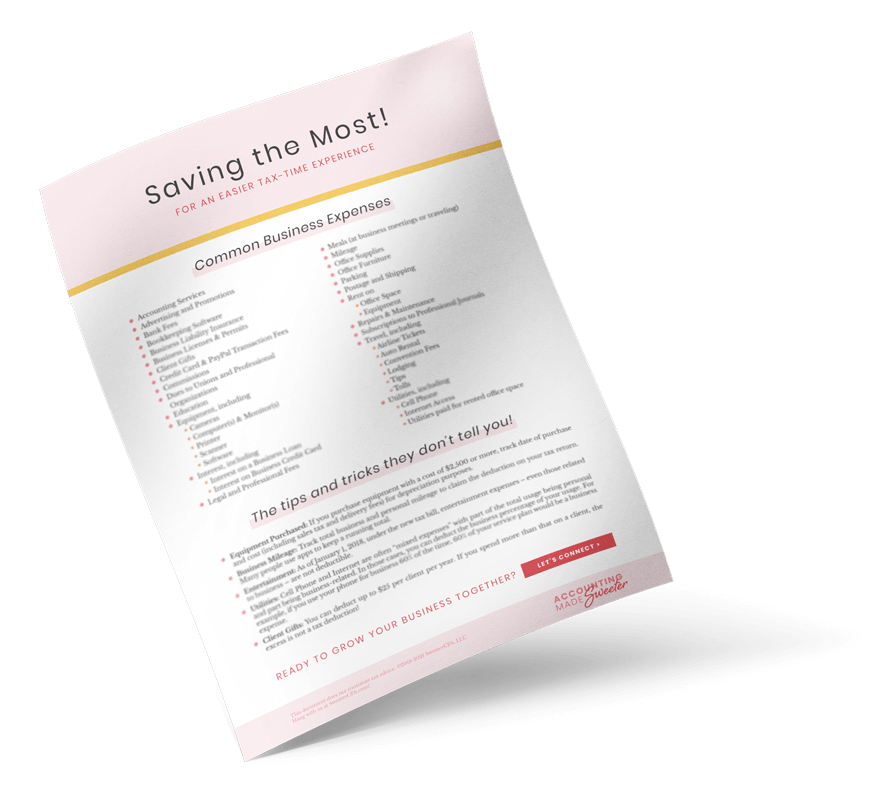Resources:
- IRS Publication 969: Health Savings Accounts and Other Tax-Favored Health Plans
- 2011 Form 8853: Archer MSAs and Long-Term Care Insurance Contracts
- 2011 Instructions for Form 8853
Why YOU Should Care:
If you establish an Archer MSA, you can claim a tax deduction for contributions even if you do not itemize your deductions on your Form 1040. Interest and other earnings on contributed assets are tax-free if used to pay qualified medical expenses.
Who Qualifies
To qualify for an Archer MSA, you must be either:
- An employee of a small employer that maintains a self-only or family high deductible health plan (HDHP) for you.
- A high deductible health plan is one with a higher annual deductible than typical plans and a maximum limit on annual out-of-pocket medical expenses.
- A “small employer” is one who had an average of 50 or fewer employees during either of the past two calendar years. Special considerations exist for growing employers.
- A self-employed person who maintains a self-only or family HDHP.
In both cases, your spouse qualifies if you do.
Contributions
Contributions can be made by either your employer or you (if you are self-employed or if your employer is not making contributions on your behalf). While there is no requirement to make a contribution every year, both you and your employer cannot make a contribution on your behalf in the same year.
Contributions must be made in cash.
Each year, your contribution is limited to 75% of the annual deductible on your HDHP (this limit drops to 65% if you have a self-only plan). Contributions for the year can be made until the due date of your Form 1040 for that year (i.e., contributions for 2011 could be made until April 17, 2012).
Portability
Once contributed, assets within your MSA are yours and follow you from job to job. While you do not lose the assets previously contributed, you may only continue to contribute to the plan if you still meet the qualifications listed above.



